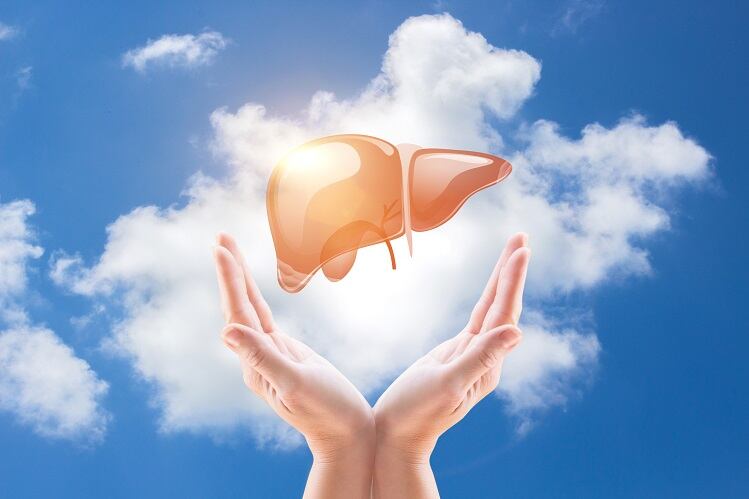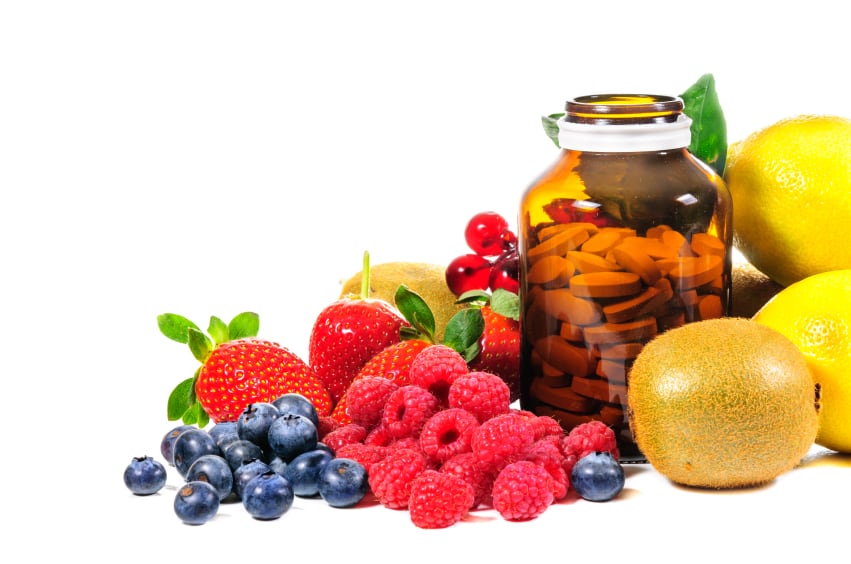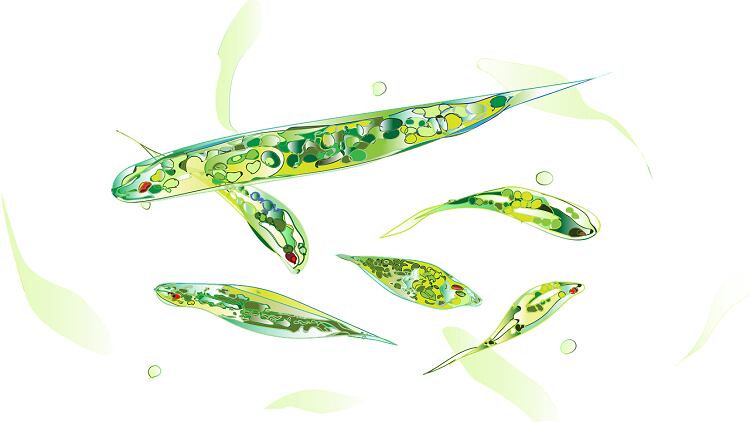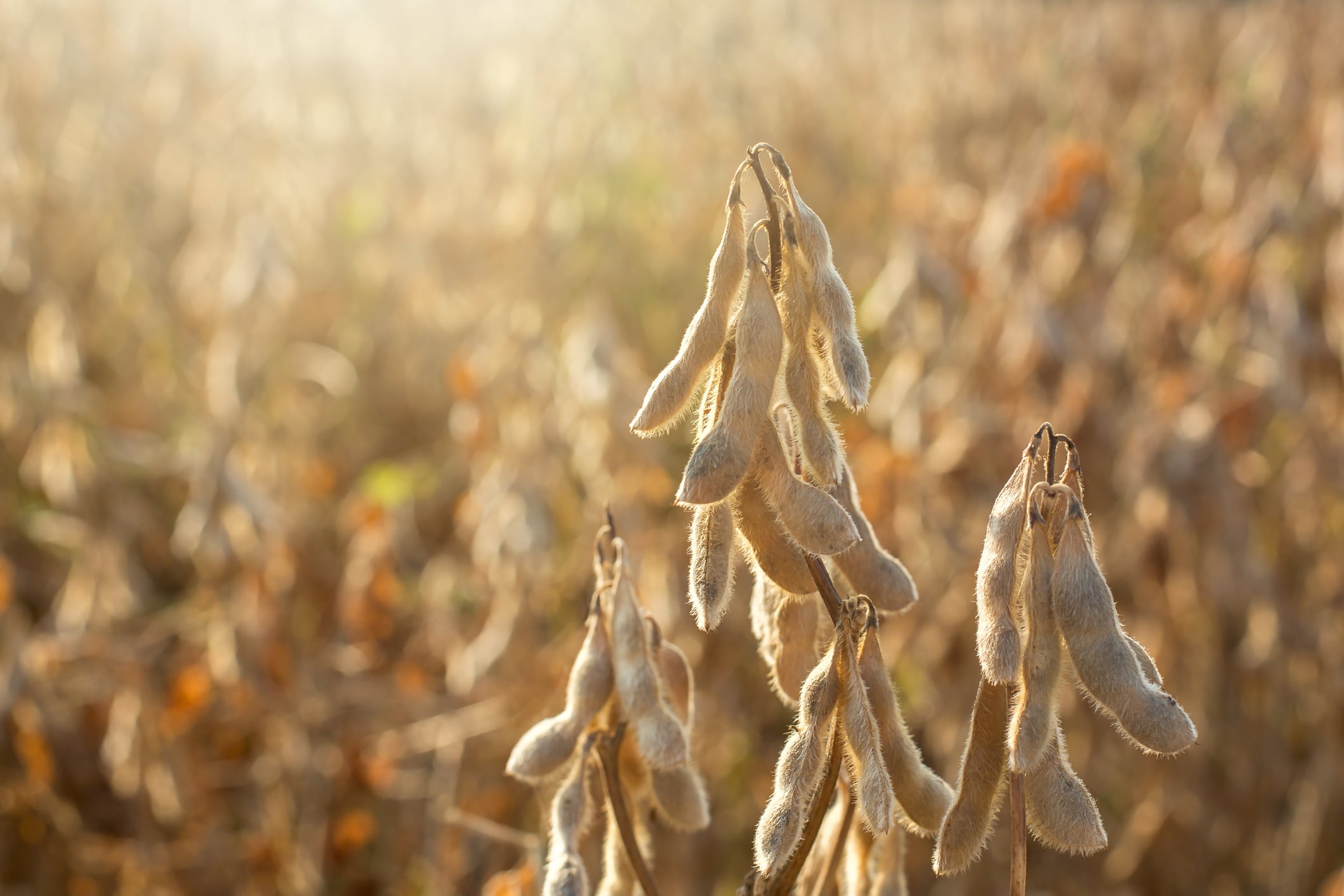When rats were fed a high-fat diet, they developed symptoms of non-alcoholic fatty liver disease (NAFLD).
Free webinar, Feb. 28 @ 1 PM EST
Liver Health: Demystifying the Detox Organ
- Thursday, February 28 at 1 PM EST
- Duration: 60 Minutes
- LIVE Q&A session
- Experts from Gaia Herbs, Kaiviti Consulting, and The Think Healthy Group
But fat accumulation was reduced among rats with these symptoms who were fed konjac glucomannans compared to rats in a control group not receiving the ingredient, reported a group of researchers from Central Queensland University and Charles Sturt University in Australia and Tianjin University of Science and Technology in China.
Hence, supplementation with konjac glucomannans “may indirectly improve liver function, as overloaded lipid droplets may promote hepatic mitochondrial dysfunction and oxidative stress related injury,” the researchers wrote in their study, published in the January 2019 edition of the Journal of Functional Foods.
“The occurrence of [non alcoholic fatty liver syndrome] is regarded as the most common chronic liver dysbiosis with the prevalence of 30% in developed countries and nearly 10% in developing countries,” they reported.
According to a Harvard Health blog post, NAFLD is an umbrella term that can be divided into two groups—simple fatty liver and non-alcoholic steatohepatitis (NASH).
At the beginning of this year, non-alcoholic fatty liver disease returned to national attention when news outlets like CNBC and the Wall Street Journal reported on the latest pharmaceutical race to fight NASH which affects 12% or 30 million of US adults, according to the National Institutes of Health.
What is a konjac?
Konjac is a common food ingredient in Japan and China, used as an emulsifier four soups or gelling ingredient in fruit jellies. In the US, the konjac glucomannan-derived shirataki noodles (also called ‘Wonder Noodles’) is becoming more popular thanks to the popularity of grain-free and low-carb diets.
Glucomannans from konjac have been studied for its anti-obesity potential. Previous studies have linked it to improvements in hyperlipidemia and hyperglycemia. However, the ingredient’s effect on liver function, and in particular on reducing the pathology associated with high fat diet-induced liver symptoms has not been thoroughly researched, the authors argued.
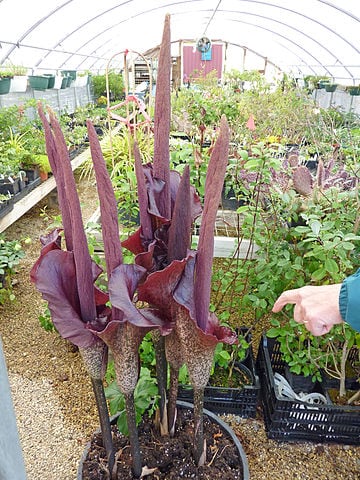
In this present study, the researchers used konjac glucomannans purchased from Chinese manufacturer Qinjian Konjac Product Co. Ltd.
Study details
The researchers divided 24 Sprague-Dawley rats into four groups. Three of the groups received a high-fat diet for the first eight weeks of the trial period to establish high fat diet-induced liver dysbiosis.
For the next six weeks, two of the high-fat diet groups were also fed konjac glucomannan, either 3% or 7% of total food weight, referred to as low-dose group and high-dose group respectively. Meanwhile, the third group continued receiving a high-fat diet without any konjac glucomannan to act as a control.
At the end of the test period, the researchers collected blood samples and sacrificed the animals to remove and analyze the liver tissues.
They found that the konjac related improvements were dose dependent, meaning that the higher dose of konjac glucomannan group exhibited even less fat accumulation in the liver.
Source: Journal of Functional Foods
Published online ahead of print, https://doi.org/10.1016/j.jff.2018.11.006
“Konjac glucomannans attenuate diet-induced fat accumulation on livers and its regulation pathway”
Authors: Wenting Shang
Join us for our upcoming FREE Liver Health webinar on February 2018

- Thursday, February 28 at 1 PM EST
- Duration: 60 Minutes
- LIVE Q&A session
- Experts from Gaia Herbs, Kaiviti Consulting, and The Think Healthy Group
From botanical blends to microbiome interventions, there is plenty of interest in better understanding how to support liver function. Join NutraIngredients-USA as we explore this topic with leading brands and industry stakeholders. CLICK HERE TO REGISTER

